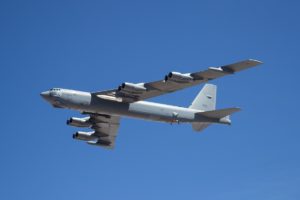
The commander of Air Force Materiel Command (AFMC) said on July 1 that AFMC's hypersonic development efforts are proceeding as a high priority effort despite the operational hurdles of the COVID-19 environment. "As we went into COVID, we started prioritizing missions that we needed to keep on track to move out and keep going because there were some things based on the limited numbers I could bring into some of the facilities for test, some of the things that we've…














